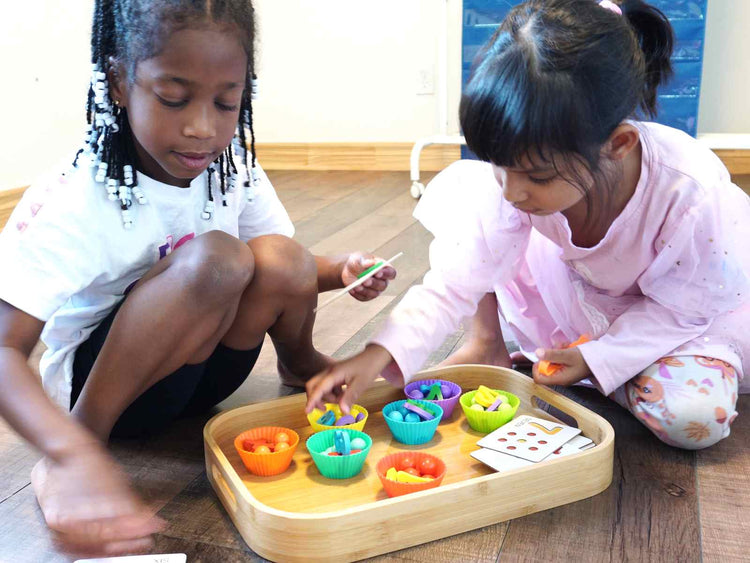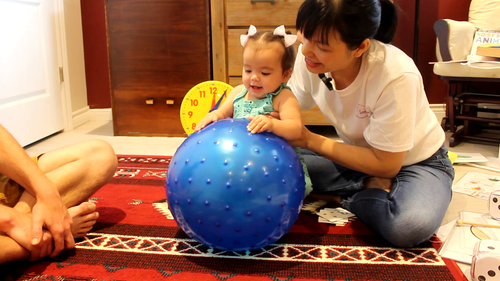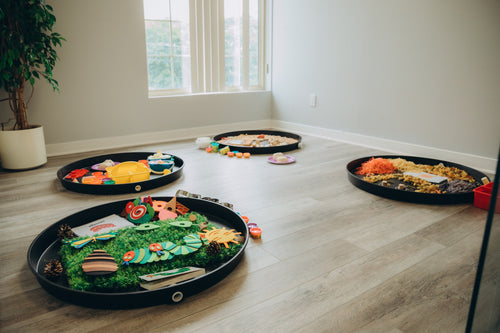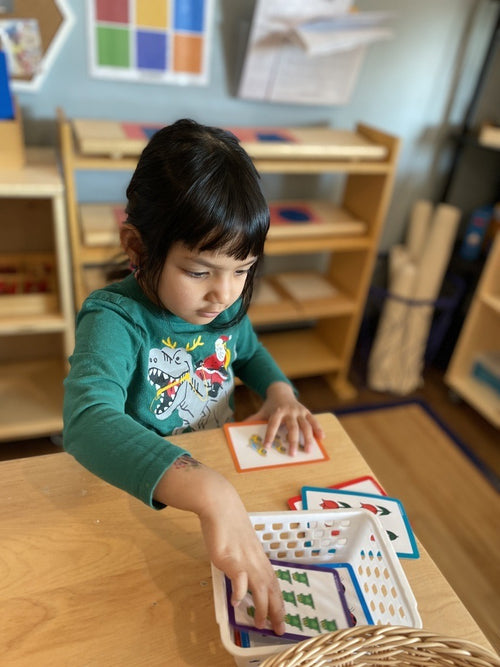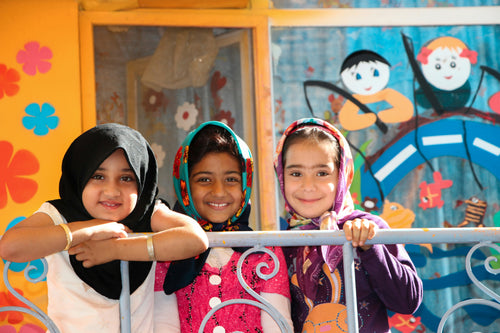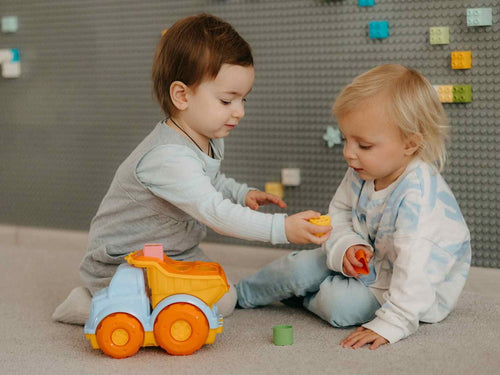In today’s interconnected world, multicultural households are increasingly common, bringing together diverse traditions, languages, and values under one roof. For families navigating the complexities of multiple cultural identities, leveraging community and culture is a powerful way to strengthen family bonds. This article explores how embracing these elements can enhance relationships within multicultural families, fostering unity, belonging, and mutual respect.
1. Understanding the Role of Community and Culture in Multicultural Households
Multicultural households often face unique challenges, such as balancing different cultural expectations, preserving heritage, and fostering a shared family identity. In these environments, community and culture serve as vital anchors, providing a framework for family members to connect with their roots and with each other. Community and culture shape values, traditions, and social norms. By actively engaging with their cultural backgrounds, families can create a rich tapestry of experiences that strengthen their bonds.
2. Celebrating Cultural Diversity at Home
One of the most effective ways to strengthen family bonds in a multicultural household is by celebrating the cultural diversity within the family. This can be achieved by incorporating cultural practices and traditions into everyday life. For example, families can designate special days to celebrate each culture represented in the household, allowing everyone to share their customs, foods, and stories.
Cooking traditional dishes together is particularly powerful. Food is often at the heart of cultural identity, and preparing meals that represent each culture can be a meaningful way to honor heritage while creating new memories. Involving children in the cooking process allows them to learn about their roots in a hands-on, engaging way.
Storytelling is another way to celebrate diversity. Sharing folktales, legends, or personal stories from each culture helps children understand their heritage and develop pride in their background. These stories also provide opportunities for parents to discuss important cultural values and lessons, helping to pass on their traditions to the next generation. Get free cultural flashcards to play with your kids here.

3. Engaging with the Broader Community
Engaging with the broader community is essential for strengthening family bonds in multicultural households. Community and culture are closely intertwined, and participating in community events allows families to connect with others who share similar backgrounds and experiences.
Joining cultural organizations, attending festivals, or participating in community service projects are excellent ways to build connections with others who share your cultural heritage. These activities provide a sense of belonging and support, helping families feel more integrated into their community. For children, these experiences reinforce the importance of their cultural identity and help them develop social connections with peers who understand their unique background.
Moreover, engaging with the community exposes families to new perspectives and traditions, enriching their cultural understanding and appreciation. This exchange of ideas and practices can lead to a deeper respect for diversity within the family, fostering an environment of openness and inclusion.
4. Preserving Language as a Cultural Bridge
Language is a powerful tool for preserving culture and strengthening family bonds. In multicultural households, where multiple languages may be spoken, maintaining the use of heritage languages can honor and preserve cultural identity. Speaking the native languages of each culture within the family allows for deeper connections between generations and ensures that cultural knowledge and traditions are passed down.
Parents can encourage language preservation by incorporating heritage languages into daily routines, such as during meals, bedtime stories, or family games. Bilingual or multilingual education programs can also be beneficial, providing children with formal instruction in their heritage languages while also helping them develop cognitive skills.
Language serves as a bridge between cultures within the family, fostering unity and mutual respect. By learning and using each other’s languages, family members demonstrate their commitment to understanding and embracing each other’s cultural backgrounds.
5. Creating New Traditions and Rituals
While preserving existing cultural practices is important, creating new traditions that blend elements from each culture can also be a powerful way to strengthen family bonds. These new rituals can reflect the unique identity of the family, celebrating the diversity within the household while also fostering togetherness.
For example, a multicultural family might create a tradition of celebrating a “Family Culture Day,” where each member shares something from their cultural background, such as a song, dance, or craft. This practice not only honors each culture represented in the family but also encourages creativity and collaboration.
Additionally, families can create rituals that combine elements from different cultural celebrations. For instance, a family might blend holiday traditions, such as combining foods or customs from each culture into a single celebration. These new traditions can become cherished family memories that strengthen the sense of unity and belonging.

6. Celebrating Community and Culture in Modern Family Life
In modern family life, celebrating community and culture can be seamlessly integrated into your routine, enhancing the sense of connection and belonging within your household. Here are some practical ways to do this:
- Virtual Cultural Exchanges: With technology, families can connect with relatives and friends from around the world, sharing cultural practices and traditions through video calls. Organizing virtual cooking sessions, storytelling nights, or holiday celebrations allows families to maintain cultural ties despite geographical distances.
- Cultural Movie Nights: Families can choose movies from different cultures to watch together, followed by discussions on the cultural themes and values depicted in the films. This not only provides entertainment but also serves as an educational experience, helping family members appreciate and understand different cultural perspectives.
- Cultural DIY Projects: Engage in creative projects that celebrate your cultural heritage, such as making traditional crafts, creating family photo albums with cultural themes, or designing cultural decor for your home. These activities provide opportunities for hands-on learning and bonding.
- Community Involvement: Involve your family in local cultural events and community projects. This could include attending multicultural festivals, volunteering for cultural organizations, or participating in cultural workshops. Engaging with the community in these ways helps families feel connected to a larger network that shares their cultural values.
- Language Apps and Games: Use modern language-learning apps and games to help children learn their heritage languages. Incorporating these tools into your daily routine makes language learning fun and accessible, ensuring that cultural knowledge is preserved and passed down.
7. Navigating Cultural Differences with Empathy and Respect
In any multicultural household, there will inevitably be moments when cultural differences create challenges. These might include differing views on parenting styles, holiday celebrations, or even everyday practices like mealtimes or communication styles. In these situations, community and culture can serve as tools for fostering understanding and resolving conflicts.
Open communication is key to navigating these differences. Families should create a space where all members feel comfortable expressing their cultural values and preferences. By discussing these differences with empathy and respect, family members can find common ground and develop solutions that honor each culture.
It’s also important to approach cultural differences as opportunities for learning and growth. Rather than viewing these differences as obstacles, families can embrace them as chances to expand their cultural knowledge and deepen their connections. This mindset helps create a family dynamic where diversity is celebrated rather than seen as a source of tension.
Conclusion
In multicultural households, using community and culture to strengthen family bonds is both practical and meaningful. By celebrating cultural diversity at home, engaging with the broader community, preserving language, creating new traditions, and navigating cultural differences with empathy, families can foster a strong sense of unity and belonging. These practices not only preserve cultural identity but also create a rich tapestry of shared experiences that bring family members closer together.
At Smartizen, we embrace the rich cultural diversity of our student community. With children from many different cultural backgrounds, every day is an opportunity to learn from one another and celebrate our unique heritages. Our inclusive environment allows students to explore various cultures through daily interactions, shared stories, and collaborative activities.
Join the Smartizen family and let your child experience an environment where diversity is celebrated, and every culture is valued. Together, we nurture global citizens who appreciate and respect the world’s many cultures. Signup for your kids with Smartizen classes today! Book our free trial class here.

